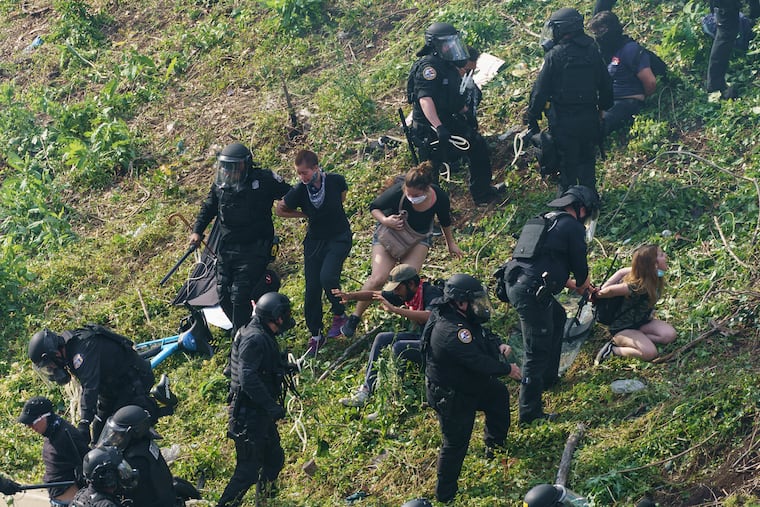Video has changed police accountability. Now citizen filmmakers are getting organized.
The protests around the country, and the conflicts that have ensued, have quickly made for some of the most thoroughly documented incidences of alleged police violence in history.
